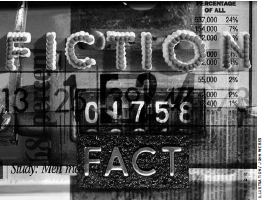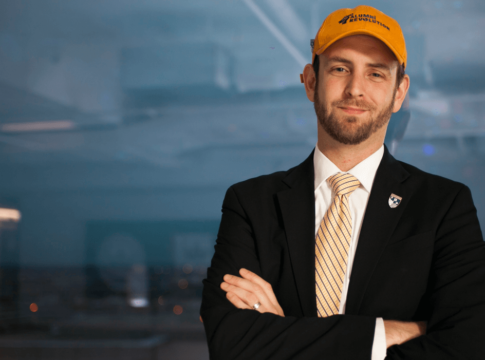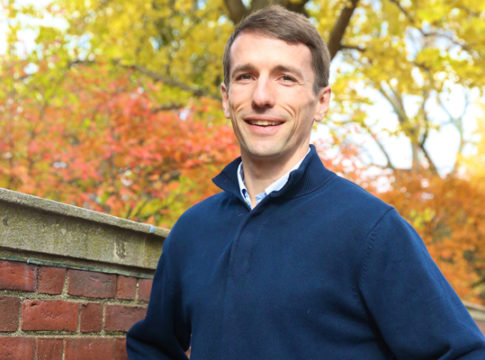
Given the recent rhetoric of education reform’s critics, one might be forgiven for thinking that American private schools are at the peak of their influence. In a video produced by the Network on Education Policy, scholar-turned-activist Diane Ravitch claims that the “privatization movement—charters and vouchers—is moving forward full speed ahead, defunding public schools, using test scores to say public schools aren’t good enough. The question before us is how can we stop this steamroller that’s destroying the public sector, that wants to privatize everything, that wants to turn us from citizens into consumers.” Randi Weingarten, president of the American Federation of Teachers, warns her members of “corporate lobbyists who are working to privatize and defund public education, and cloaking their efforts as school ‘choice.’” National Education Association leader Lily Eskelsen Garcia has gone so far as to label education secretary Betsy DeVos “the queen of for-profit privatization of public education.”
Yet the facts about private-school enrollment, meticulously documented by Richard Murnane and colleagues in this issue (see “Who Goes to Private School?” research), tell a quite different story. The share of American students in grades K–8 attending private schools peaked at 15 percent in the late 1950s and has fallen more or less continuously since, reaching less than 9 percent in 2015. An even smaller share of students—just over 7 percent—now attends a private high school. Even if, like Ravitch, one views public charter schools as instruments of privatization, the share of students attending alternatives to the schools managed by their local school district has remained roughly stable over time.
That’s not to say that proponents of private-school choice have had no success. The advocacy organization EdChoice reports that 15 states now have school-voucher programs, and 18 offer tax-credit-funded scholarships. But the number of students attending private schools with assistance through these programs remains minuscule, at slightly more than 450,000 nationwide. The best efforts of the so-called privatizers have done no more than moderate the private sector’s decline.
What’s behind the drop in private-school enrollment? One factor has been turmoil in the Catholic-school sector, where a decline in the number of clergy willing to provide low-cost labor and the spate of sexual-abuse scandals have resulted in the widespread closure of schools that once provided a broadly affordable private option. Meanwhile, tuitions at both religious and nonsectarian private schools have climbed steeply. With middle-class incomes comparatively stagnant, a growing number of families find themselves priced out of the private-school marketplace. In fact, enrollment in private elementary schools has remained stable among families at the 90th percentile of the income distribution while falling sharply among those at the middle. As a result, the gap in private-school enrollment shares between high- and middle-income families widened from 5.5 percentage points in 1968 to 9.3 percentage points in 2013.
As Steven Eide reports (see “Private Colleges in Peril,” features), similar trends may be threatening the private colleges that have long been a mainstay of higher education in the U.S. These institutions continue to enroll some 30 percent of American undergraduates, but the combination of financial pressures, demographic trends, and growing competition from public institutions aided by “free tuition” programs has caused a recent spate of closures—and led many observers to predict that more disruption is on the horizon.
These developments, Eide notes, raise the question: “What kind of higher-education system do we want? One that’s composed mainly of elite schools for top students and public universities for everyone else? Or a system that offers a variety of choices, in both the public and private spheres, for all kinds of students?”
Murnane and colleagues’ analysis suggests that we have effectively answered that question for our K–12 school system, with private schools increasingly reserved for an elite defined not by students’ abilities but by their families’ ability to pay. Advocates for school choice seek to equalize access to private options, enabling more low- and middle-income families to seek out alternatives to what’s on offer from their local school district. One can reasonably debate whether their preferred measures will enhance or undermine equity in American education. But as we engage in that debate, let’s make sure that we do so with a sound understanding of the facts on the ground.
– Martin R. West
Martin R. West is the editor-in-chief of Education Next. This letter introduces the Fall 2018 issue of the journal.
This article appeared in the Fall 2018 issue of Education Next. Suggested citation format:
West, M. (2018). Privatization in American Education: Rhetoric vs. Facts. Education Next, 18(4), 5.





